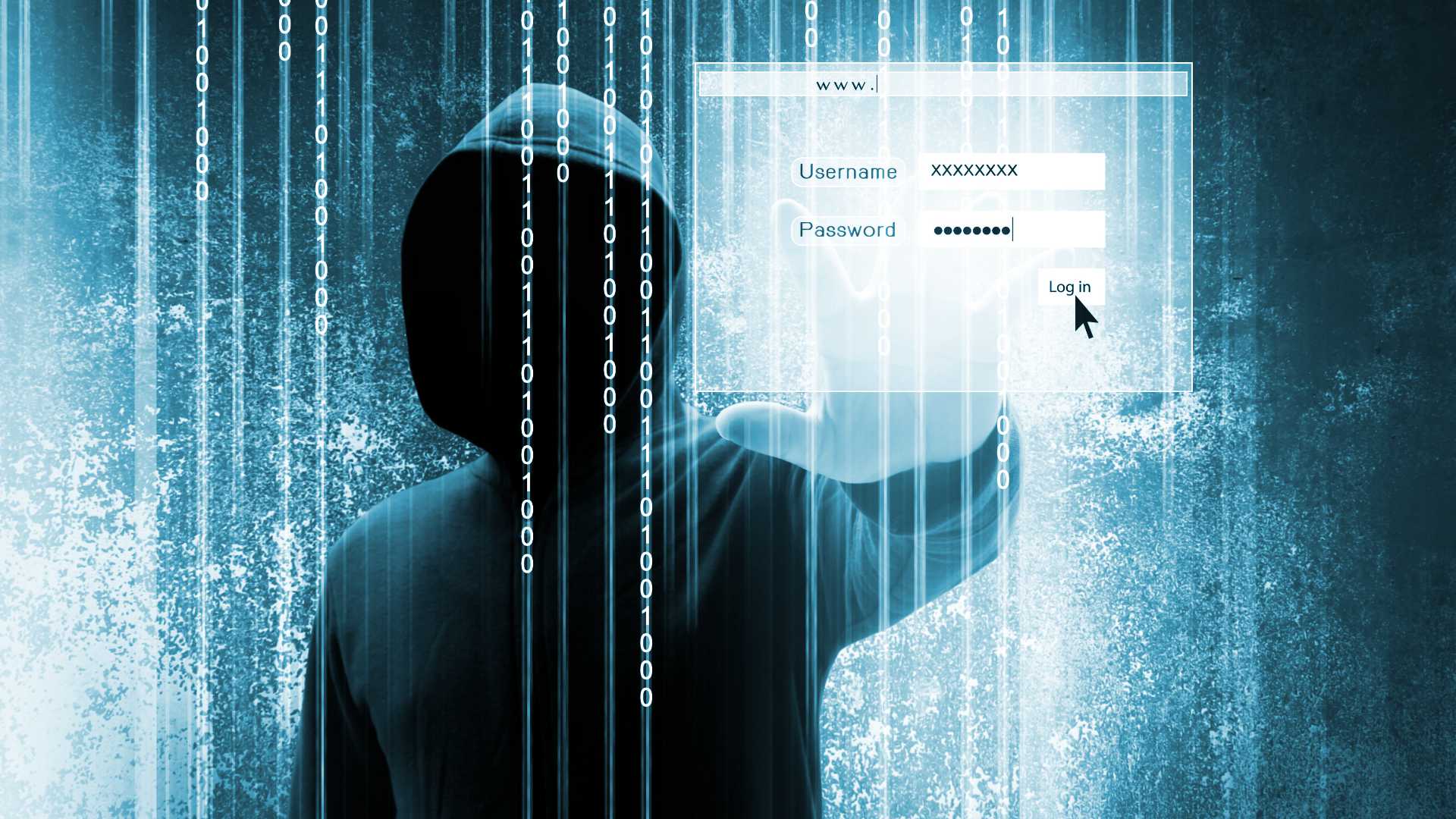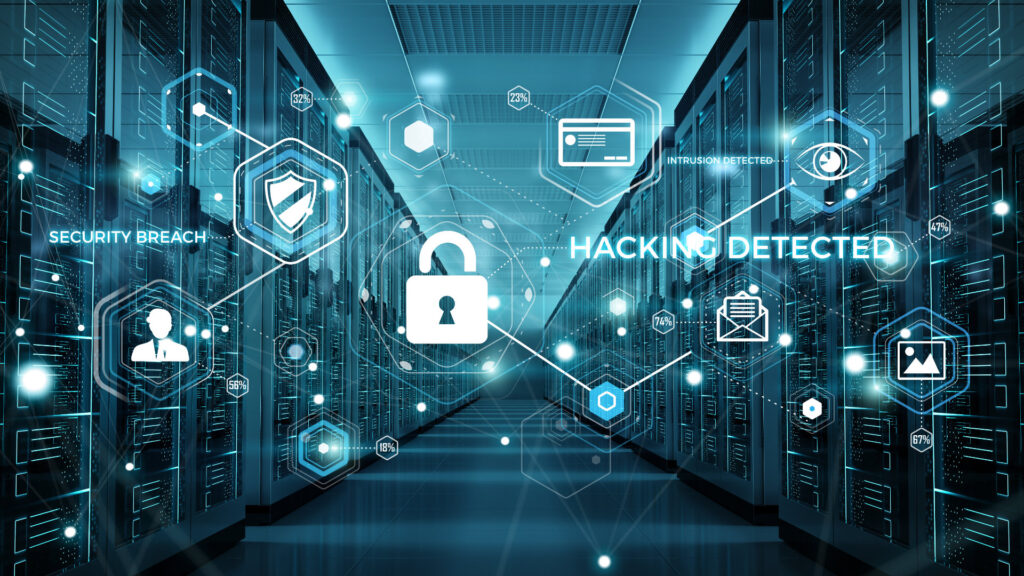Business continuity and disaster recovery (BCDR), whether after a major system failure, a natural disaster, or a devastating cyberattack is critical to an organization’s survival. In particular, business-critical cloud applications need to be instantly recoverable from the most recent, or last uncompromised, backup.
Backup and recovery of distributed infrastructure and multi-cloud systems is not practical with traditional backup methods. The solution is unified backups, which are typically cloud services themselves.
As the name suggests, Unified Backup brings together all the components needed for backup and recovery into a single management interface. This eliminates the need to painstakingly collect and restore the latest backups from different systems after a critical incident. If the components of a business-critical application are distributed across multiple resources, which is increasingly the case, the unified backup system automatically brings them back together during recovery to minimize application downtime.
In addition to comprehensive process automation, Unified Backup also ensures that the growing infrastructure is fully covered by the backup and that no single component is overlooked. In this way, the concept considers the reality of today’s IT systems, which are distributed across a variety of components, whether local, in the multi-cloud or, of course, hybrid. Technologies such as virtual machines, containers, and replication can also be included in the backup.
In the event of a disaster, such as a cyber-attack, all affected systems can be recovered, either an entire application, including data, or granular components if only those were affected.
Incremental backup
Backups are either continuous, even during operation, or scheduled to create well-defined recovery points for later rollback.
For incremental backups, many systems use the patented DeltaPro technology from Evault (now Carbonite) . First, a full backup, called a seed, is created. The data is divided into blocks, compressed, deduplicated, and finally encrypted. Later, only the data that has changed needs to be incrementally backed up. This saves time and resources. It is also possible to store the initial seed data on conventional media and then send it to the provider. This is especially useful when bandwidth is limited.
A complete backup is always available for disaster recovery, eliminating the need for IT to merge individual increments.
Conclusion
The role of unified backup is to ensure that all systems in the company are captured, protected, and monitored, and can be restored to a functional state in the event of a disaster. Such backup solutions are therefore the central building block for ensuring business continuity. It is important to have a centralized interface from which all activities can be controlled and comprehensive reports can be generated. Unlike traditional backups, which often require a lot of manual labor, a unified backup automatically protects the entire IT system and enables finely tuned restorations at the touch of a button.




